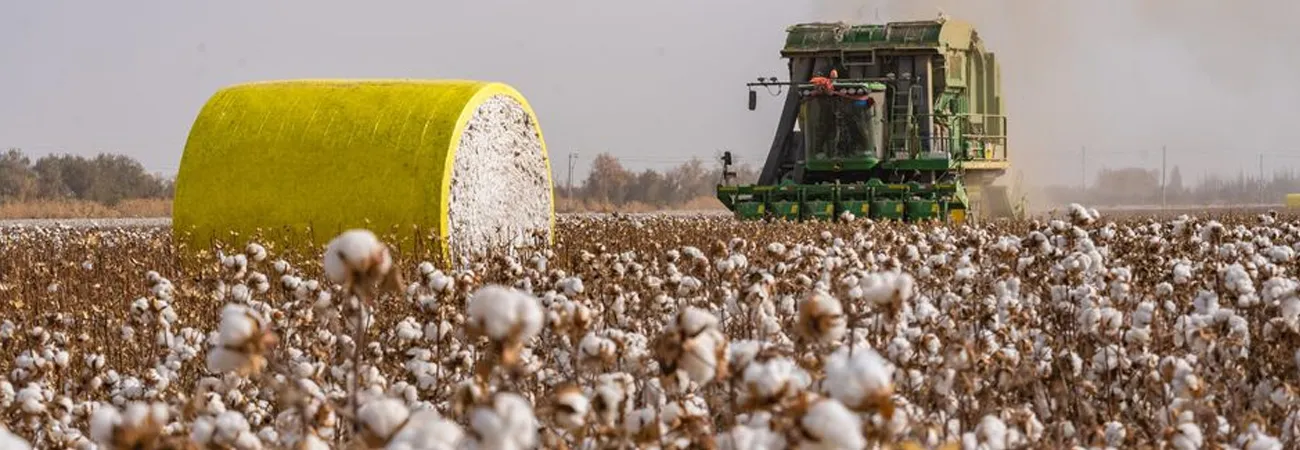i ECONOMY
The Sindh province contributed over 50% of the total cotton production of Pakistan this season. Historically, the province's share in cotton production has remained around 30%. This year, the province produced 4.092 million bales, up 121.16% from the last year, while Punjab produced 4.078 million bales, up 47.66% year-on-year, according to the latest data from the Pakistan Cotton Ginners Association (PCGA). The data showed that 8.171 million bales of cotton arrived in the country's ginning factories till December 31, 2023, compared with 4.612 million bales last year. That means as many as 3.558 million bales of additional cotton have arrived in the factories this year, showing an increase of 77.14%. A total of 4.092 million bales have arrived in the cotton factories of Sindh province, which is 2.241 million bales, more than the 1.850 million bales reaching the factories last year. As many as 4.078 million bales of cotton arrived in the factories of Punjab province, which is 1.316 million bales more than the 2.762 million bales of last year.
Traditionally, with production primarily concentrated in the two provinces, approximately 65 to 70% of Pakistan's cotton is used to be grown in Punjab, which has relatively dry conditions in southern parts, and the rest is grown in Sindh, which has a hotter and more humid climate, while a negligible area is brought under cotton in Balochistan and Khyber Pakhtunkhwa provinces. Sanghar in Sindh topped in reported arrivals of silver fiber in the province and the country. As many as 1.68 million bales of cotton were reported in the Sanghar district till December 31, 2023, followed by Sukkur with arrivals of 0.54 million bales. In Punjab, Bahawalnagar district led in terms of arrivals in ginning factories in the province. As per district-wise breakup, as many as 1.06 million bales of cotton were reported in Bahawalnagar followed by Rahim Yar Khan, registering 0.59 million bales. The textile sector has purchased 7.314 million bales of cotton so far, while exporters/traders have purchased 0.292 million bales this season. Despite successive announcements by the federal and provincial governments, the Trading Corporation of Pakistan (TCP) has not purchased cotton from the farmers or ginners for the 2023-24 season.
As many as 241 ginning factories are operational in the country. Cotton is the most important cash crop in Pakistan and cotton products export account for 55% of all foreign exchange earnings of the country. About 25-30% of farmers grow cotton, and over 15% of the total cultivated area is devoted to this crop. Cotton production accounts for 4.5% of the value addition in the agriculture GDP and 0.8% of the national GDP. It serves as the raw material for the textile industry, the country's largest agro-industrial sector, which employs 17% of the total workforce, and contributes 8.5% to GDP. Over the years, cotton production has not been sufficient to meet the demand of the local textile industry, which has to import it.
Credit: Independent News Pakistan (INP)









